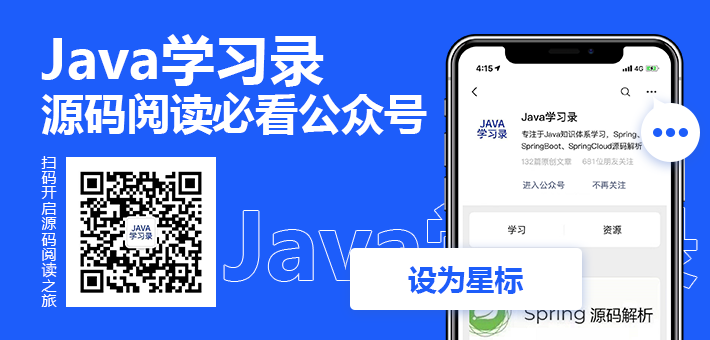Many friends may encounter the following problems when using spring cloud gateway
How to read Post request body in spring cloudgateway
private BodyInserter getBodyInserter(ServerWebExchange exchange) { ServerRequest serverRequest = new DefaultServerRequest(exchange); Mono<String> modifiedBody = serverRequest.bodyToMono(String.class) .flatMap(body -> { //The body here is the request body of Post }); BodyInserter bodyInserter = BodyInserters.fromPublisher(modifiedBody, String.class); return bodyInserter; }
The Post request parameter in SpringCloudGateway can only be read once
This is because Gateway uses spring Webflux by default. To solve this problem, we need to reconstruct a request to replace the original request
HttpHeaders headers=new HttpHeaders(); CachedBodyOutputMessage outputMessage = new CachedBodyOutputMessage(exchange, headers); ServerHttpRequestDecorator decorator = this.getServerHttpRequestDecorator(exchange,outputMessage); ServerHttpRequestDecorator decorator = new ServerHttpRequestDecorator( exchange.getRequest()) { @Override public Flux<DataBuffer> getBody() { return outputMessage.getBody(); } };
After the server httprequest decorator is built, you need to replace the original request with the following method in the interceptor
return chain.filter(exchange.mutate().request(decorator).build());
How to read the return data of the post segment service in spring cloudgateway
It is consistent with the above idea of replacing request. Replace response
private ServerHttpResponse getServerHttpResponse(ServerWebExchange exchange) { ServerHttpResponse originalResponse = exchange.getResponse(); DataBufferFactory bufferFactory = originalResponse.bufferFactory(); ServerHttpResponseDecorator decoratedResponse = new ServerHttpResponseDecorator(originalResponse) { @Override public Mono<Void> writeWith(Publisher<? extends DataBuffer> body) { Flux<DataBuffer> flux = null; if (body instanceof Mono) { Mono<? extends DataBuffer> mono = (Mono<? extends DataBuffer>) body; body = mono.flux(); } if (body instanceof Flux) { flux = (Flux<DataBuffer>) body; return super.writeWith(flux.buffer().map(dataBuffers -> { ByteArrayOutputStream outputStream = new ByteArrayOutputStream(); dataBuffers.forEach(i -> { byte[] array = new byte[i.readableByteCount()]; i.read(array); DataBufferUtils.release(i); outputStream.write(array, 0, array.length); }); String result = outputStream.toString(); try { if (outputStream != null) { outputStream.close(); } } catch (IOException e) { e.printStackTrace(); } log.info("Back end return data:{}", result); return bufferFactory.wrap(result.getBytes()); })); } log.info("Degraded processing return data:{}" + body); return super.writeWith(body); } }; return decoratedResponse; }
The upper part is to get a new response. After getting a new response, it is the same as the previous routine. Do this:
return chain.filter(exchange.mutate().request(decorator).response(decoratedResponse).build());
Some students may encounter that even if I rewrite the response according to the above method, they cannot read the return data. This may be because there is a problem with the priority configuration of the interceptor. Just implement the Ordered interface and rewrite the getOrder method, and then set the priority less than - 1
@Override public int getOrder() { return -2; }
